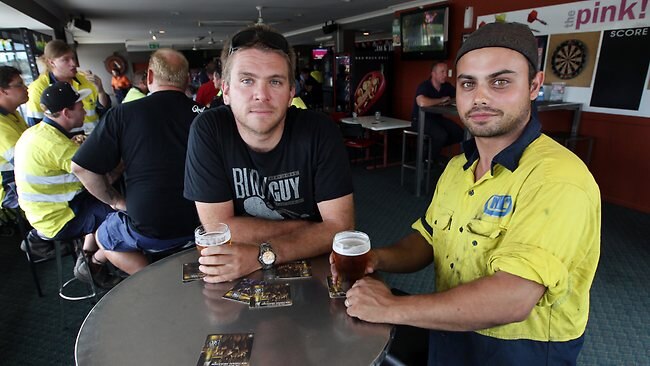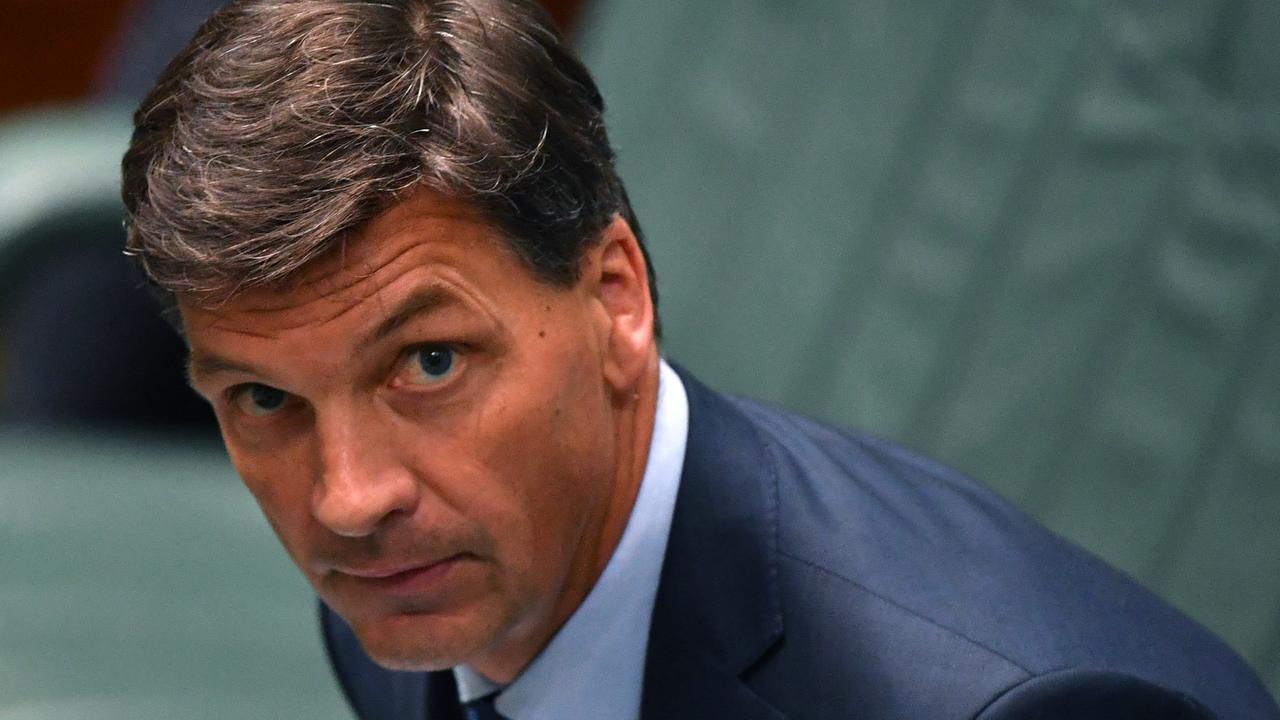Gains in all states but Labor still trails, says latest Newspoll
VOTER support for Julia Gillard and Labor lifted across the board in the final quarter of the year, reaching a crucial two-year high in Queensland.

VOTER support for Julia Gillard and Labor lifted across the board in the final quarter of the year, reaching a crucial two-year high in Queensland, where the ALP has faced disaster since the last election.
After being at record lows of primary vote support in every mainland state at some time since the 2010 election, Labor has risen out of the doldrums and backing for the Prime Minister has jumped in every state and among every age group.
Labor has staged a huge recovery in primary vote in Queensland since the middle of the year, largely at the expense of the Greens, where support has drastically declined and could bring an extra Senate seat into play for the Coalition.
But primary vote support for Labor in the latest analysis of Newspoll surveys taken from October to this month exclusively for The Weekend Australian is still below the August 2010 election levels, when the Gillard government lost its parliamentary majority.
In the past three months, Coalition support has slipped in NSW and Western Australia, dropping below its primary vote support at the 2010 election.
Coalition primary vote support was steady in Victoria, Queensland and South Australia and the Coalition has a clear two-party-preferred lead, based on preference flows at the last election, in every state except Victoria, where Labor leads 54 per cent to 46 per cent, and South Australia, where the major parties are level.
The key states in next year's federal election at this stage are still Queensland and NSW, where the most seats are likely to change hands.
In Queensland, Labor's primary vote rose from 30 per cent in the July-September quarter to 32 per cent to this month, after being just 22 per cent in the middle of the year.
While Labor's support has risen 10 points in six months, the Coalition's support has fallen from 42 per cent to 40 per cent, and the Greens' support fell from 11 per cent in June to just 7 per cent in the December quarter.
Queensland is also the state with the highest level of primary vote support for "others" at 14 per cent.
Compared with the 2010 primary vote in Queensland, Labor is just below -- 32 per cent now and 33.6 per cent then -- while the Coalition is steady on 47 per cent and the Greens' support is well down from 10.9 per cent at the election to 7 per cent.
Based on preference flows at the last election the Coalition still has a commanding two-party preferred lead in Queensland of 58 to Labor's 42 per cent -- the opposition's highest in any state and up three points since the election.
Labor's improved primary vote has not helped it lift its two-party-preferred vote because a fall in Greens' support offsets Labor's preferences and the high "others" helps keep up the Coalition's second-preference vote.
Voter satisfaction with Ms Gillard has also jumped in Queensland, as has her standing as preferred prime minister.
In the past three months, satisfaction in Queensland with Ms Gillard's job as prime minister jumped from 26 per cent to 31 per cent as part of a rebound for the Prime Minister, while she received a 10-point lift in South Australia from 29 to 39 per cent and eight and nine-point lifts in Western Australia, Victoria, NSW and among men and younger voters.
Dissatisfaction with Ms Gillard during the same period dropped by the same order in all areas.
Tony Abbott's voter satisfaction was steady at low levels in most categories but dropped four points in Western Australia and three points in regional areas.
On the question of who would make the better PM, Ms Gillard picked up strongly in Queensland from 32 to 39 per cent just edging out the Opposition Leader for the first time since the 2010 poll after he dropped from 41 to 37 per cent.
Ms Gillard's improved support came in a quarter in which she attacked Mr Abbott as being sexist, and her support among women as preferred prime minister went to a post-election high of 46 per cent.




